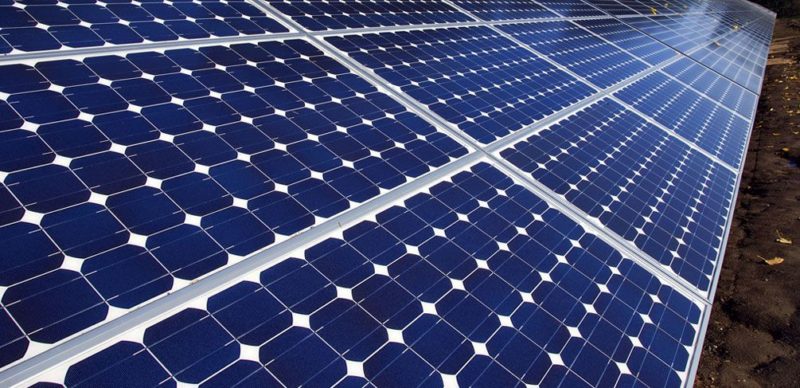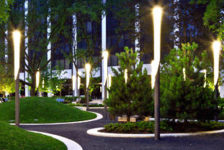Thinking of using solar power for landscape lighting – Read this article first. The only thing better than having a beautiful garden is enjoying your home’s landscaping even after the sun goes down. With solar powered outdoor lighting, you can showcase your gorgeous gardens and landscaping at night without running up your power bill. With sun-powered greenery in mind, here are just a few benefits of using solar power to light your landscaping.
Landscape Lighting Using Solar Power
How Solar Landscape Lighting Works Although it may sound strange that something powered by the sun would have a use at night, solar powered landscape lighting is actually quite effective. Just like rooftop solar panels collect the sun’s energy during the day, so do landscape solar panels. The main difference is that landscape solar panels use batteries and come in many different sizes and styles.

Solar Power. Image credit: Via Flickr by OregonDOT, Licensed under CC 2.0
- Three Things to Consider When Purchasing a Garden Shed
- Lighting Solutions – World’s tiniest recessed LED luminaire – 1PUCK LP by MINIMIS
- Artistic Fire Pits For Long Summer Nights
Low-voltage landscape lighting systems are another popular type of landscape lighting. These systems are usually powered through a larger solar panel and are capable of lighting tall trees and shrubbery. Because low-voltage systems use a central transformer, they require wires, which makes the installment process a little inconvenient. However, low-voltage systems shine brighter and longer than solar powered path lights. Path Light and Panel Placement When choosing locations for your path lights, you won’t have many options because you’ll want to stay close to the walkway or path you’re lighting. With that said, you’ll want to pay attention to the sun’s location during the day. Tilting and angling the path light toward the midday sun will improve the charging process. Low-voltage solar systems use more power than that of wireless path lights. Because of this, you may consider a new solar power system that can light up your home and garden as well as the rest of your landscaping. These solar systems use full-sized rooftop panels, which require professional installation and wiring to your home’s main breaker box. Care and Maintenance Another benefit of solar landscape lighting is that the equipment is generally maintenance-free. For path lights and rooftop panels, keeping the solar panel surface clean will improve the system’s charging capabilities. This means wiping the surface with a wet rag or spraying down the panels with a hose at least once a month. As mentioned before, solar path lights use rechargeable batteries that need replacement within two years. If your LED bulbs aren’t shining as bright, this is usually a sign you need to clean the solar panel or replace the battery. Solar Landscape Lighting Tips If you choose solar path lighting to illuminate your garden and landscaping at night, you’ll want to trim shrubs or foliage around your path lights so the solar panels get optimum sun exposure. This may require changing the location of the path lights once or twice a year. Likewise, make sure your path lights aren’t exposed to any street lamps or other light sources at night. Most solar path lights use light sensors that conserve energy by keeping the LED bulbs off until it’s completely dark. If there is light from a nearby streetlamp, the bulbs may not shine as bright, or worse, they may not come on at all. When you’re ready to light your home’s landscaping and gardens at night, keep in mind the features and benefits of solar powered landscape lighting. Return to Homepage Featured image: View of the solar panels. Credit: Oregon Department of Transportation, source, licensed under CC 2.0
Published in Blog









